The freedom that maps bestow to wander at leisure across the
nation has granted Ordnance Survey's maps in particular an affectionate place
in the hearts of map-readers across centuries. The abundance of bird's-eye
views in poetry, fiction and art testifies to a creative, active, imaginative
relationship between the map-reader and their charts. These types of maps have
appeared in literature as assertions of land ownership, patriotism and
colonialism: Lear's "division of the kingdom" is executed on a map,
and Heart of Darkness's Marlow entertains a "passion for maps",
particularly a "large shining map [of Africa], marked with all the colours
of a rainbow". Even in a satnav world, the tactility of paper
maps punctuates modern poetry. Moniza Alvi depicts a woman
"rub[bing] her face/ against a map of the world" or
"roll[ing] like a map". Matthew Francis writes affectionately of
"a mud-spattered map already separated / by too much folding into its
nine panels". Paul Muldoon's "The Old Country" is
nostalgic for a time when "Every glove compartment held a manual / and a
map of the roads, major and minor".
The conventions and aesthetics of paper maps also inspire imaginative responses, from poetry (Nigel Forde's "Conventional Signs" laments the failure of OS map symbols to convey the individual character of places) to modern mappae mundi, such as Grayson Perry's Map of Nowhere. The imaginative freedom granted by the bird's-eye view is obvious in the joy many writers and artists find in constructing maps of fantasy locations, from William Blake's "Corrected & Revised Map of the Country of Allestone" in 1806 to Tolkien's maps of Middle-Earth.
The conventions and aesthetics of paper maps also inspire imaginative responses, from poetry (Nigel Forde's "Conventional Signs" laments the failure of OS map symbols to convey the individual character of places) to modern mappae mundi, such as Grayson Perry's Map of Nowhere. The imaginative freedom granted by the bird's-eye view is obvious in the joy many writers and artists find in constructing maps of fantasy locations, from William Blake's "Corrected & Revised Map of the Country of Allestone" in 1806 to Tolkien's maps of Middle-Earth.

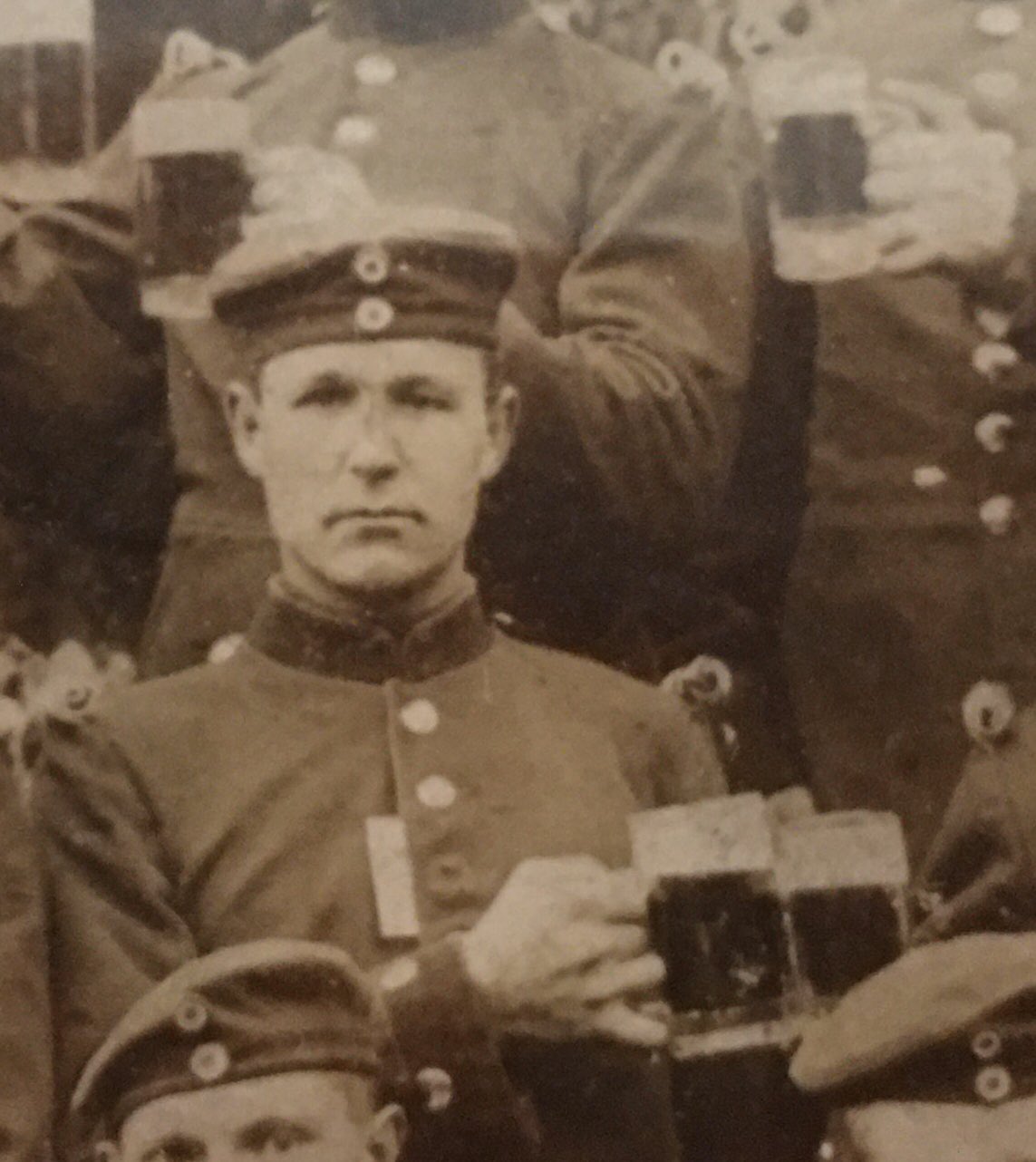

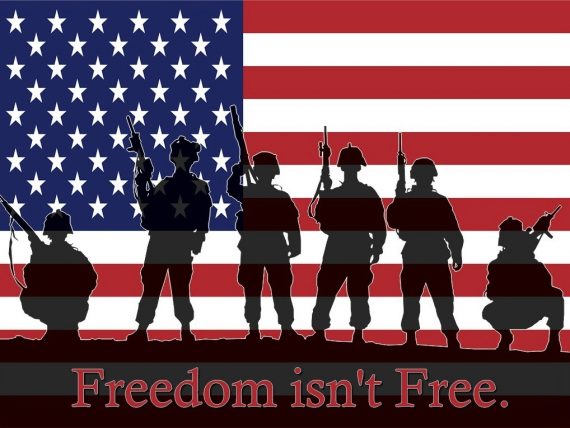





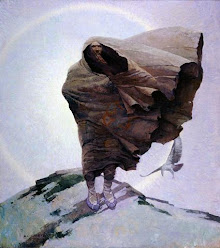













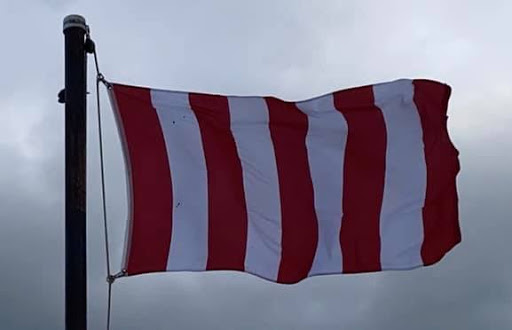
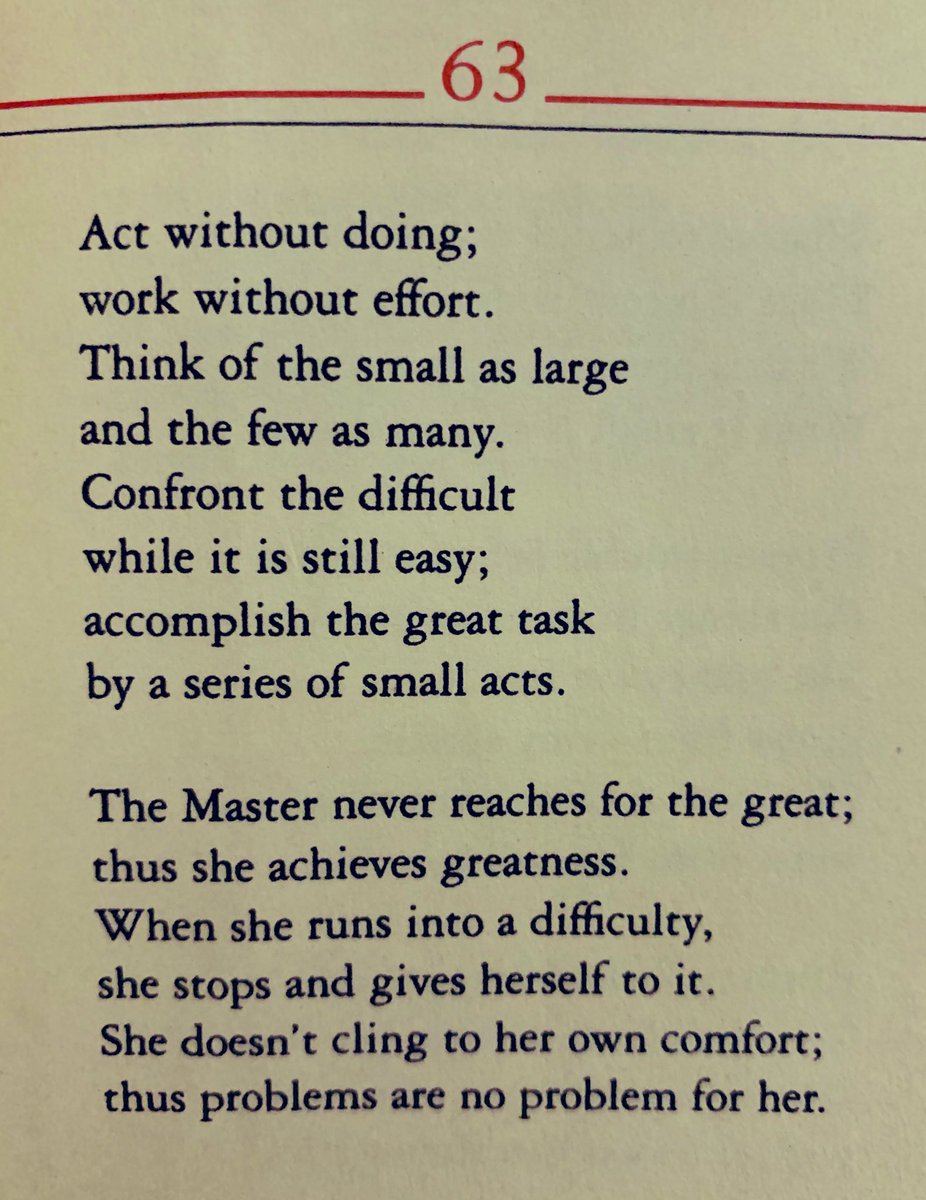









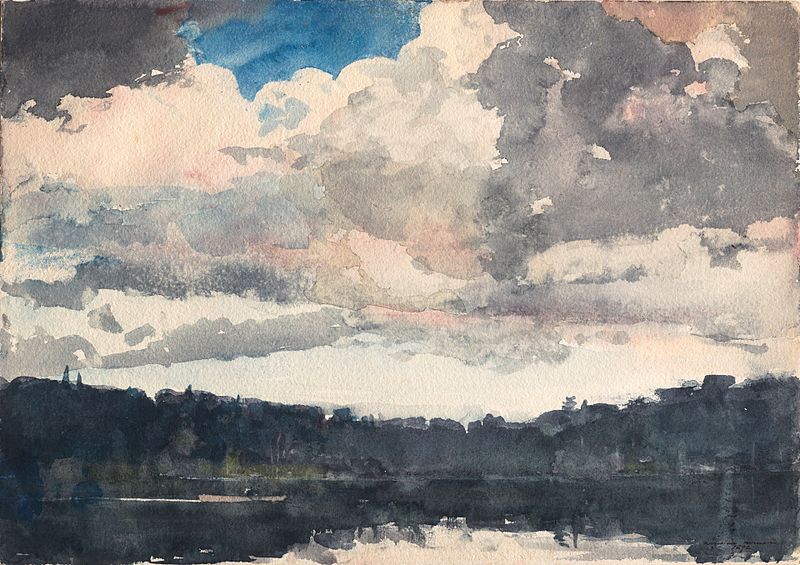





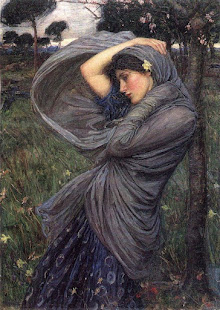












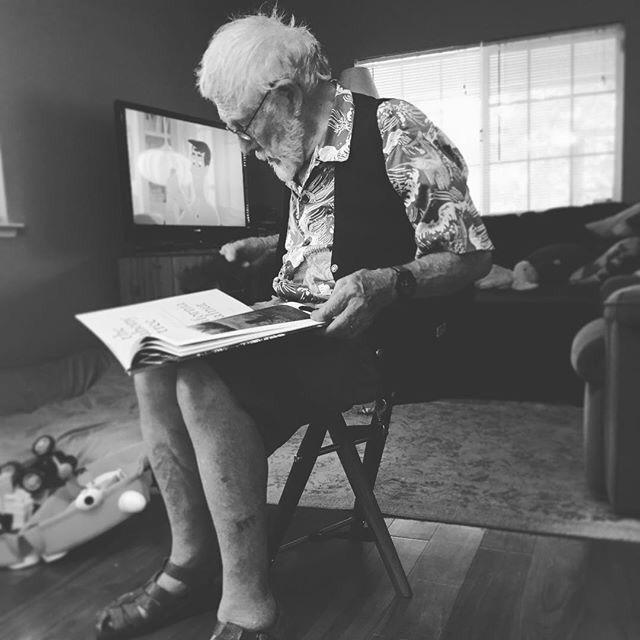

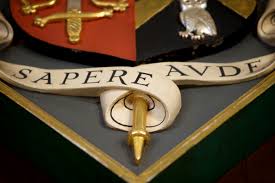






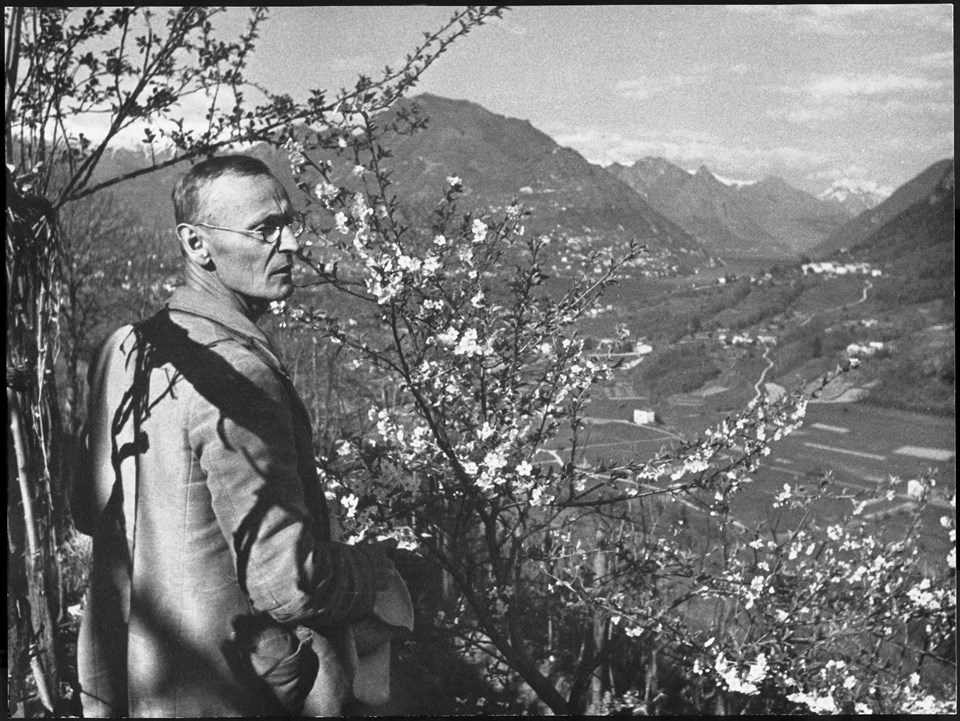


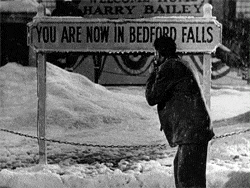







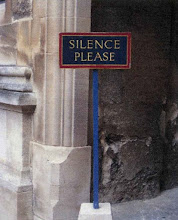









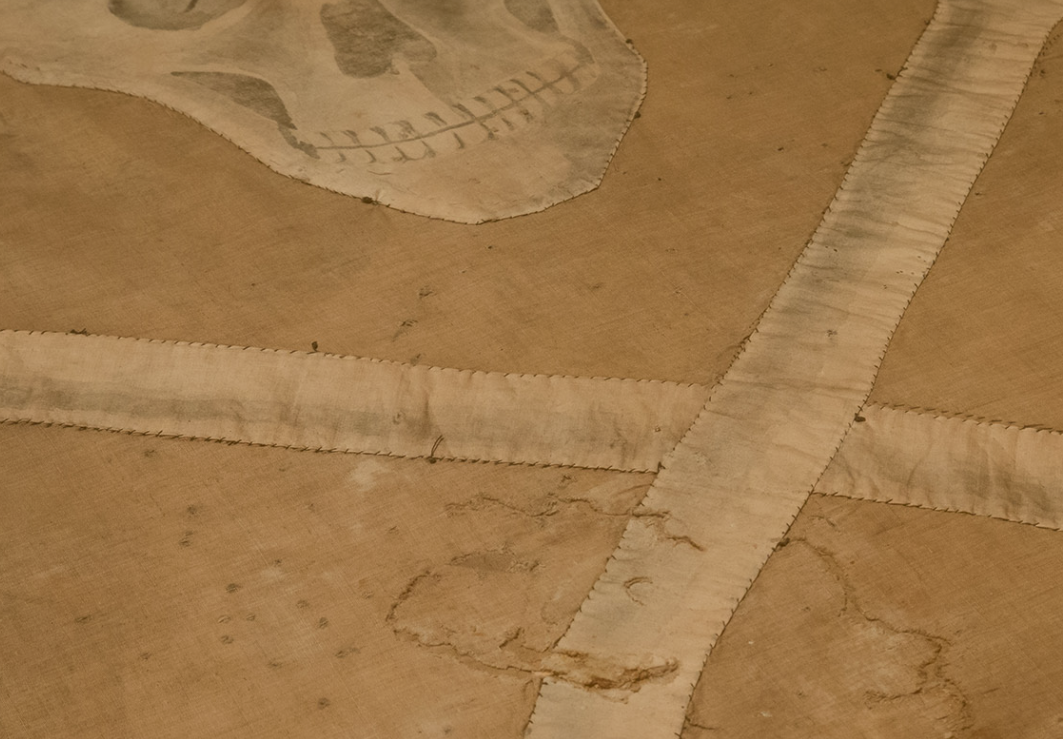

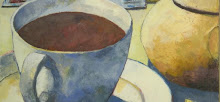
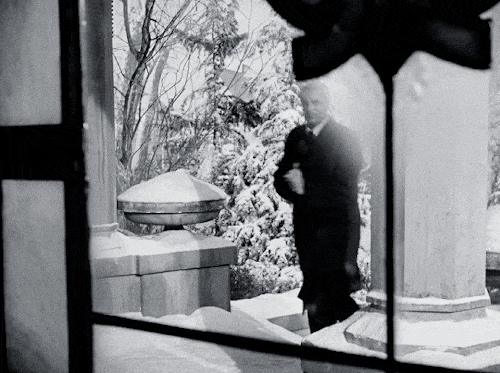


















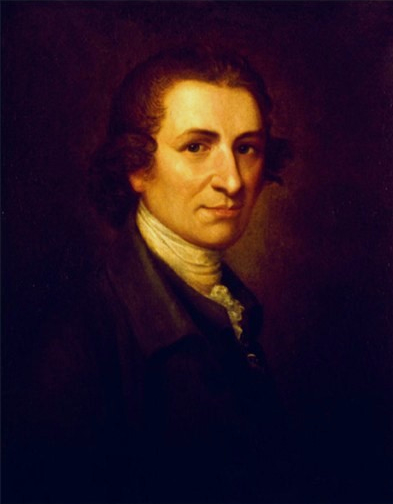


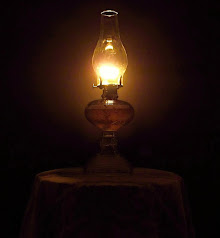



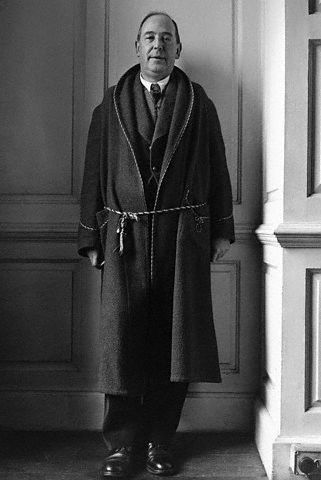



No comments:
Post a Comment